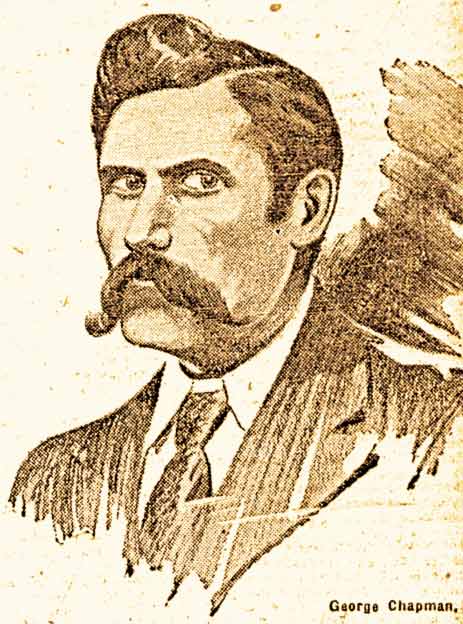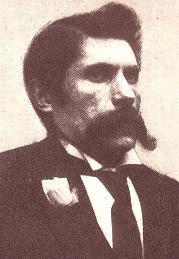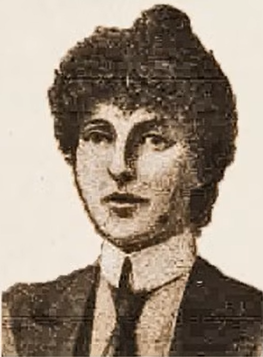
1865 - 1903
George Chapman
Summary
Name:
George ChapmanNickname:
Borough PoisonerYears Active:
1897 - 1902Birth:
December 14, 1865Status:
ExecutedClass:
Serial KillerVictims:
3Method:
PoisoningDeath:
April 07, 1903Nationality:
England
1865 - 1903
George Chapman
Summary: Serial Killer
Name:
George ChapmanNickname:
Borough PoisonerStatus:
ExecutedVictims:
3Method:
PoisoningNationality:
EnglandBirth:
December 14, 1865Death:
April 07, 1903Years Active:
1897 - 1902bio
Seweryn Kłosowski was born on December 14, 1865, in the village of Nagórna, which is now part of Koło in Poland. His parents were Antoni and Emilia Kłosowski. His father worked as a carpenter. At the age of 14, Seweryn started an apprenticeship with a senior surgeon named Moshko Rappaport in Zwoleń. He helped with various medical procedures, including blood-letting with leeches. After his apprenticeship, he joined a short course in practical surgery at the Warsaw Praga Hospital from October 1885 to January 1886. He continued to work as a nurse or doctor's assistant in Warsaw until December 1886.
In the late 1880s, he left Poland for the United Kingdom. The exact time of his arrival in England is unclear, but records indicate that he was still in Poland in February 1887. Some witness testimony suggests he may have emigrated in 1888. Once in London, Kłosowski settled in the East End and took a job as a hairdresser's assistant, working first for a man named Abraham Radin. After five months, he opened his own barbershop at 126 Cable Street.

In 1889, Kłosowski married Lucie Badewski, a Polish girl, despite having a wife in Poland. His first wife soon returned to Poland. He and Lucie had two children and moved to different homes in London before relocating to Jersey City, New Jersey, in 1891. Their marriage had many problems, often resulting in fights. In February 1892, he attacked Lucie while she was pregnant, which led her to return to London with their child.
While in London, he met Annie Chapman in 1893 while working at a hairdressing shop. They began a relationship, and he became known as George Chapman after taking her surname. They lived together for almost a year before she left him due to his behavior. In early 1895, Annie informed him about their baby, but he did not offer any support. Later that year, he became an assistant at a barbershop in Leytonstone, while boarding with someone named John Ward.
murder story
George Chapman, also known as Severin Klosowski, was a serial killer who poisoned three women. He took at least four mistresses who pretended to be his wives. The first was Mary Isabella Spink. Chapman met her while working at a barbershop. They had a fake marriage, and when she died on 25 December 1897, she showed symptoms like abdominal pain and vomiting, which were caused by poisoning. Chapman had bought a toxic substance called tartar-emetic shortly before her death.
After Spink, he became involved with Bessie Taylor. They had a relationship, but Chapman was abusive. When Taylor started to show the same symptoms as Spink, they left London together for a time. However, she died on 13 February 1901 after suffering for some time.

Next, Chapman took in Maud Marsh as a barmaid for the pub he was running. During their relationship, he was again abusive. Maud Marsh died on 22 October 1902 after experiencing severe abdominal pains and vomiting. Her mother was suspicious and told doctors to investigate, which led to an autopsy. Maud's case and those of the other two women revealed that they had all died from antimony poisoning.
The investigation into Maud's death raised questions about the other two women, and their bodies were exhumed. All three deaths were found to be caused by poisoning. Because of this evidence, Chapman was arrested and charged with murder. He was tried and, after an 11-minute deliberation, was found guilty. He was sentenced to death and was executed by hanging at Wandsworth Prison on 7 April 1903.